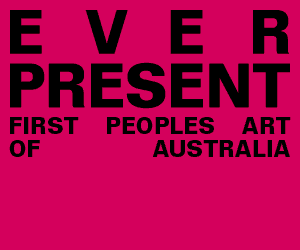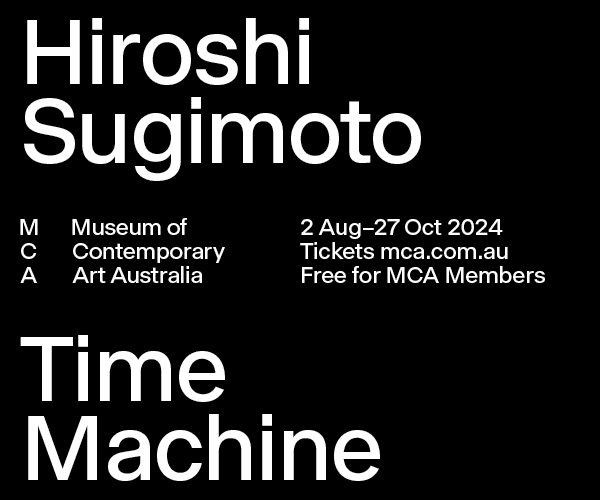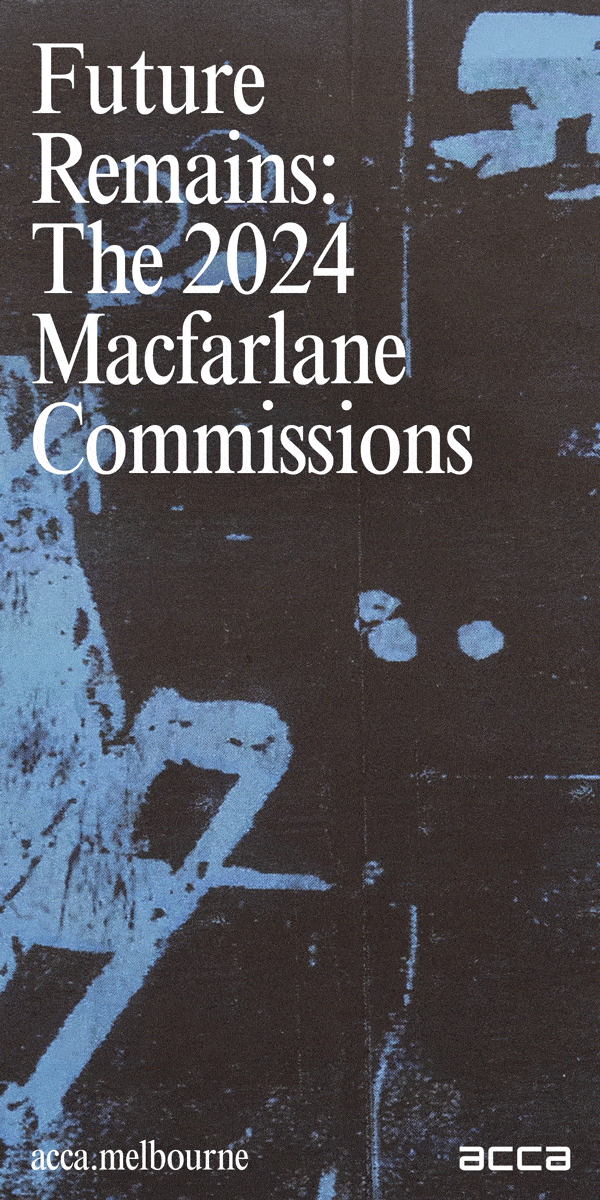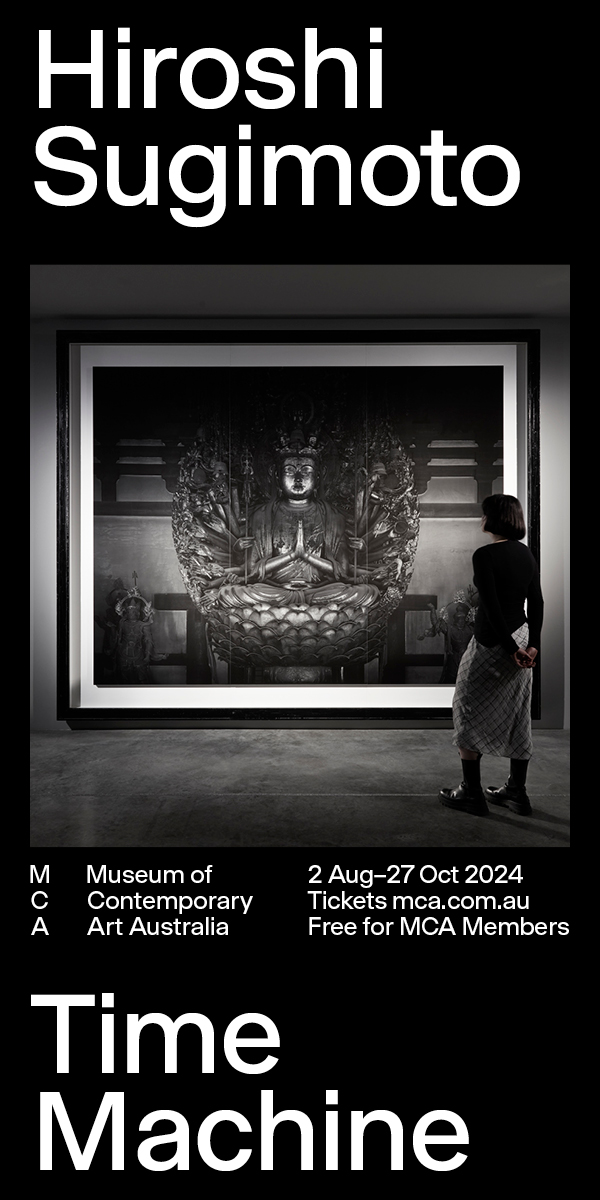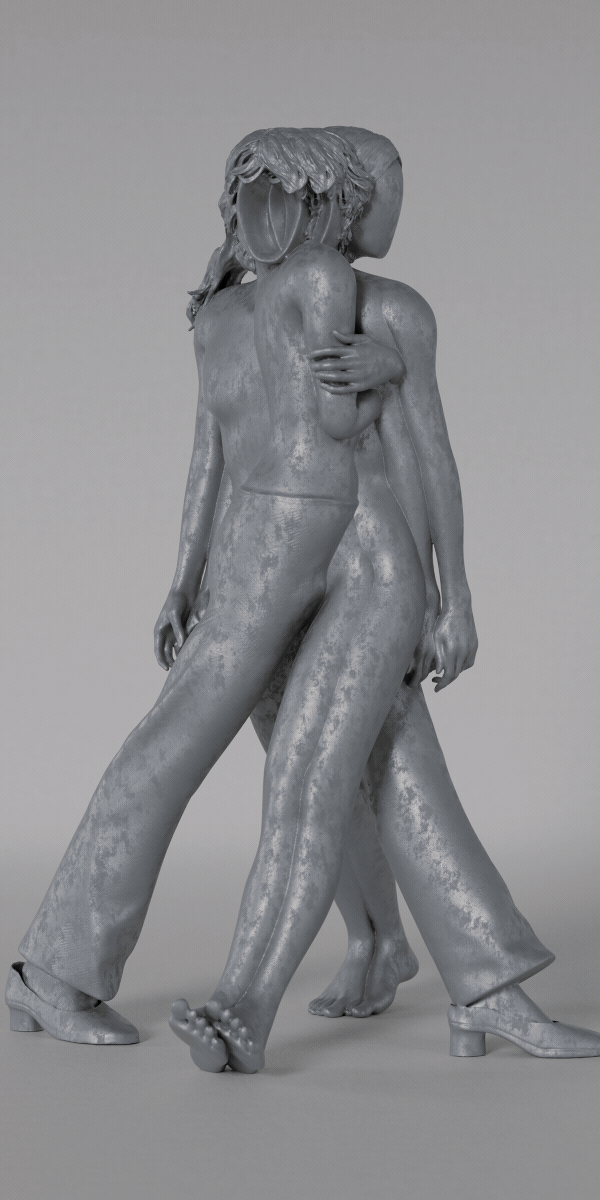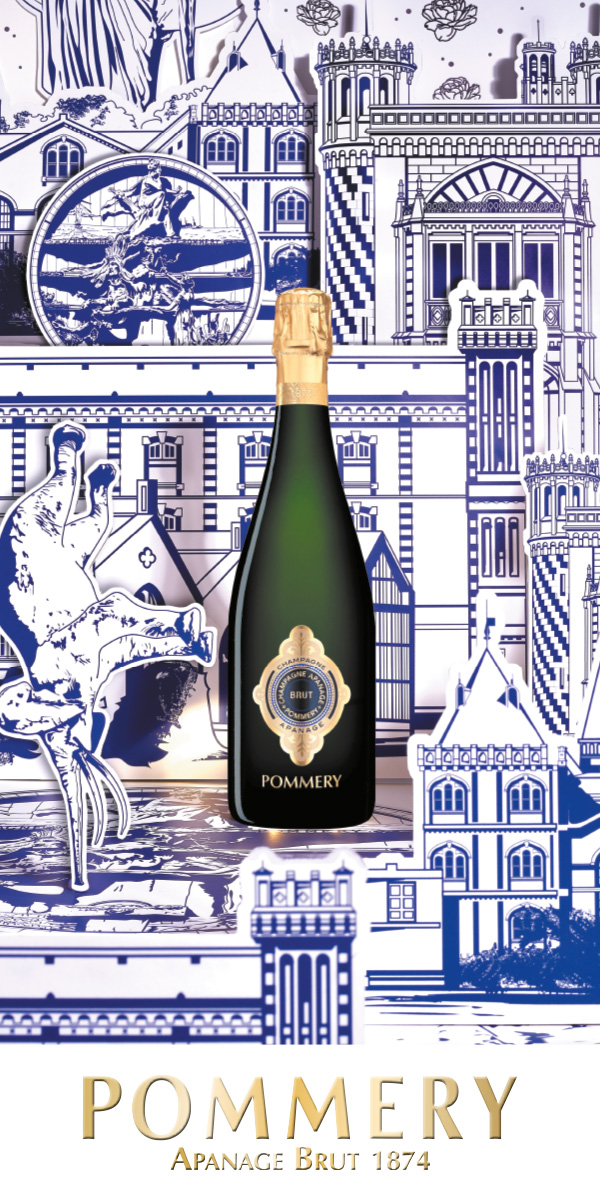Catalyst: Anne Ferran
When Anne Ferran’s gelatin silver photographic series Scenes on the Death of Nature was exhibited at the Australian Centre for Contemporary Art, Melbourne, in 1987, the artist declared: “The audience already knows how to interpret them, even if it doesn't ‘know’ that it knows.”1 This is the enduring legacy of Anne Ferran’s photographs. Intuitive and visually sensual, Ferran’s monumental early works are situated within art historical, feminist and philosophical lineages, allowing cultural and personal frames of reference to operate simultaneously and antithetically. Ferran’s work sits within the conventions of classicism, defined by Western art history through the traditions of Greek and Roman painting and sculpture produced during the 17th century. Born out of the Renaissance, classicism is generally informed by restraint and obedience in composition, form and tonality. Ferran’s work provokes this lineage to consider the history of photography, representation, language and desire, challenging audiences to decipher complex and subtly coded imagery.
In Scenes on the Death of Nature V (1986), Ferran rejects the defined critical position taken in her earlier series, Carnal Knowledge (1984). A suite of 13 photographs that comprised Ferran’s first solo exhibition at Performance Space, Sydney, in 1984, and later exhibited as part of Australian Perspecta 1985 at the Art Gallery of New South Wales, Carnal Knowledge notably included a text-based panel. Acting as an integral manual for how to read the series, Ferran intentionally set up the critical response and personal interaction with each work. In their cropped and textured aesthetic approach, each photograph disrupted conventional modes of . .. Subscribe to read this article in full





